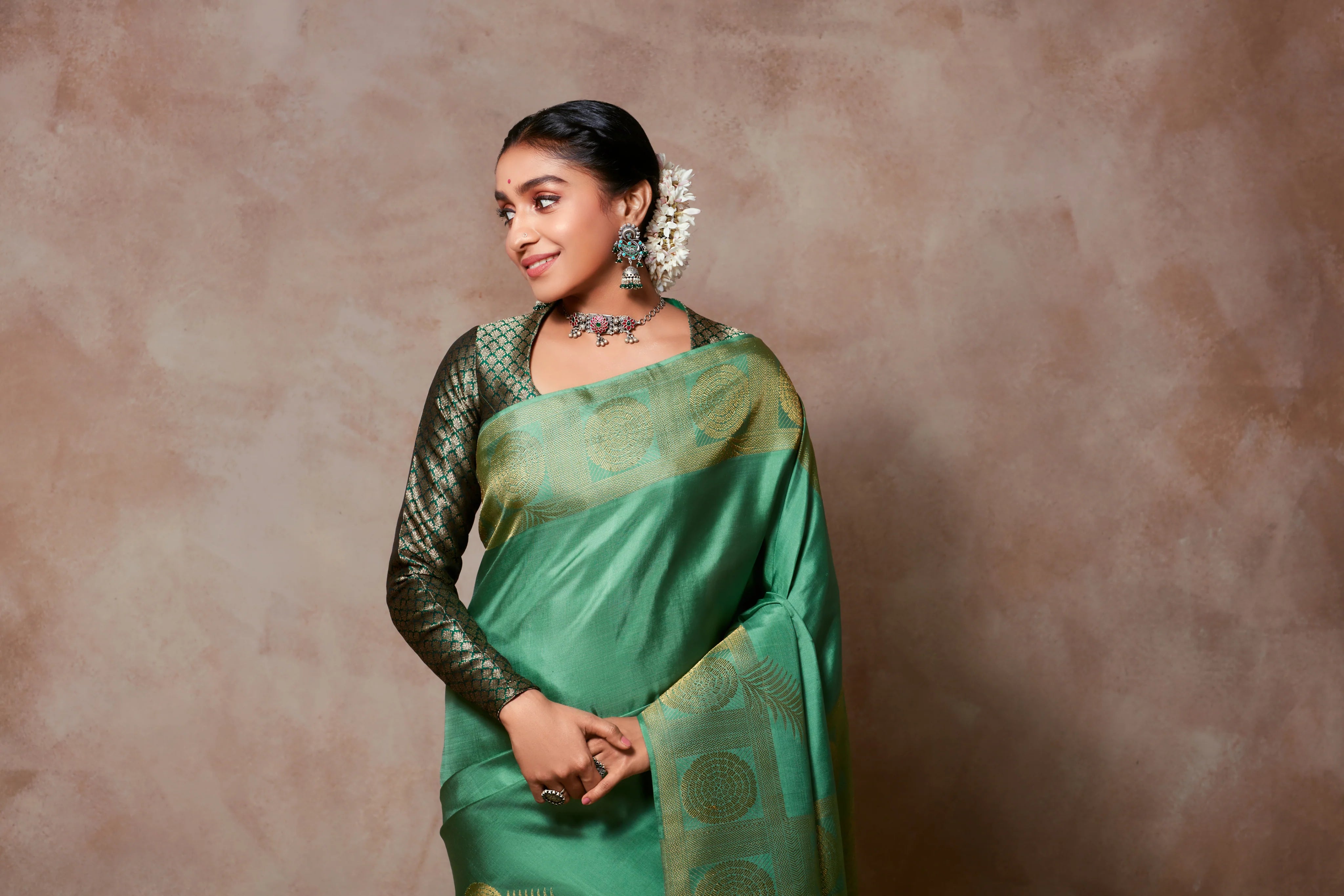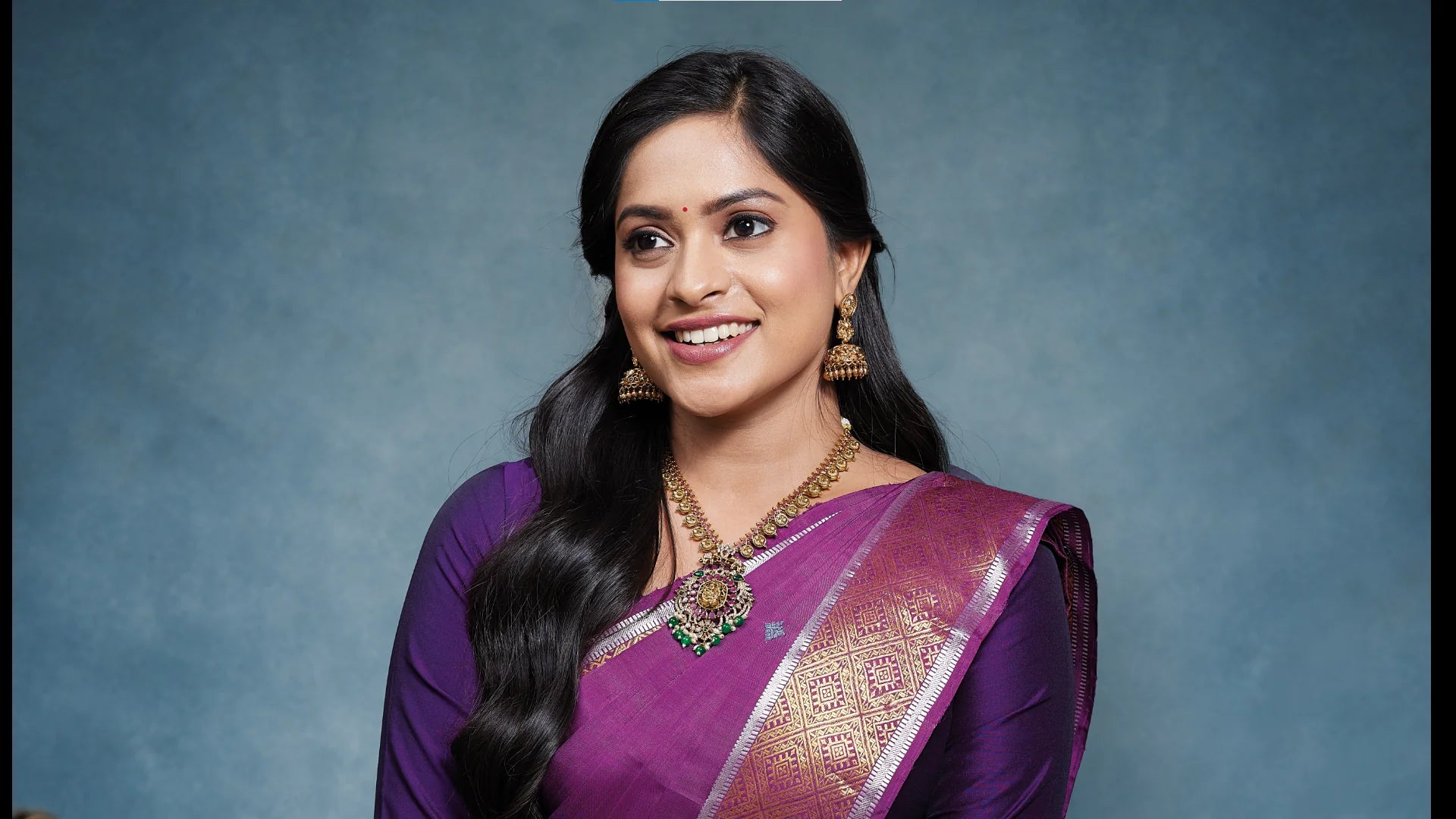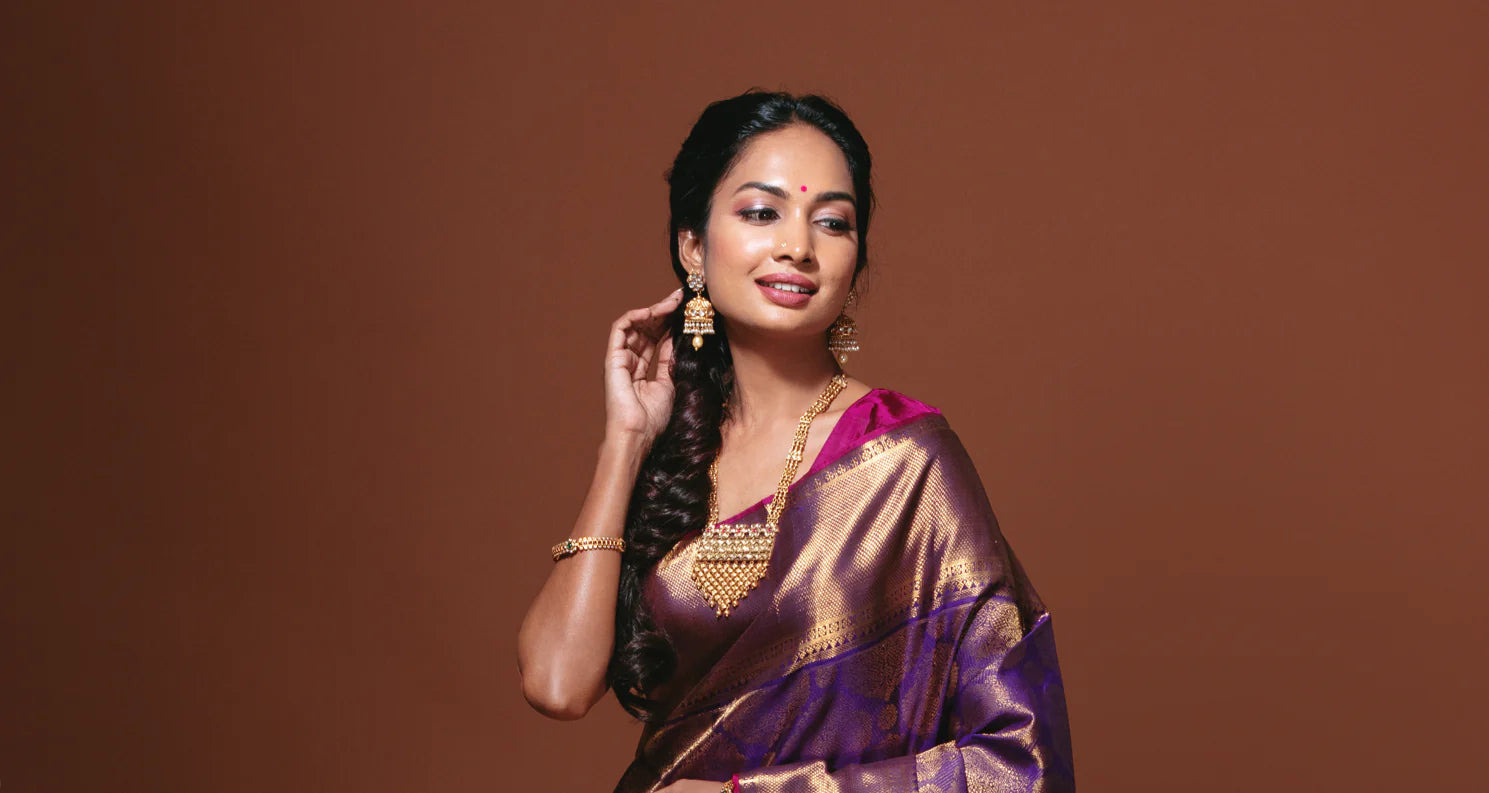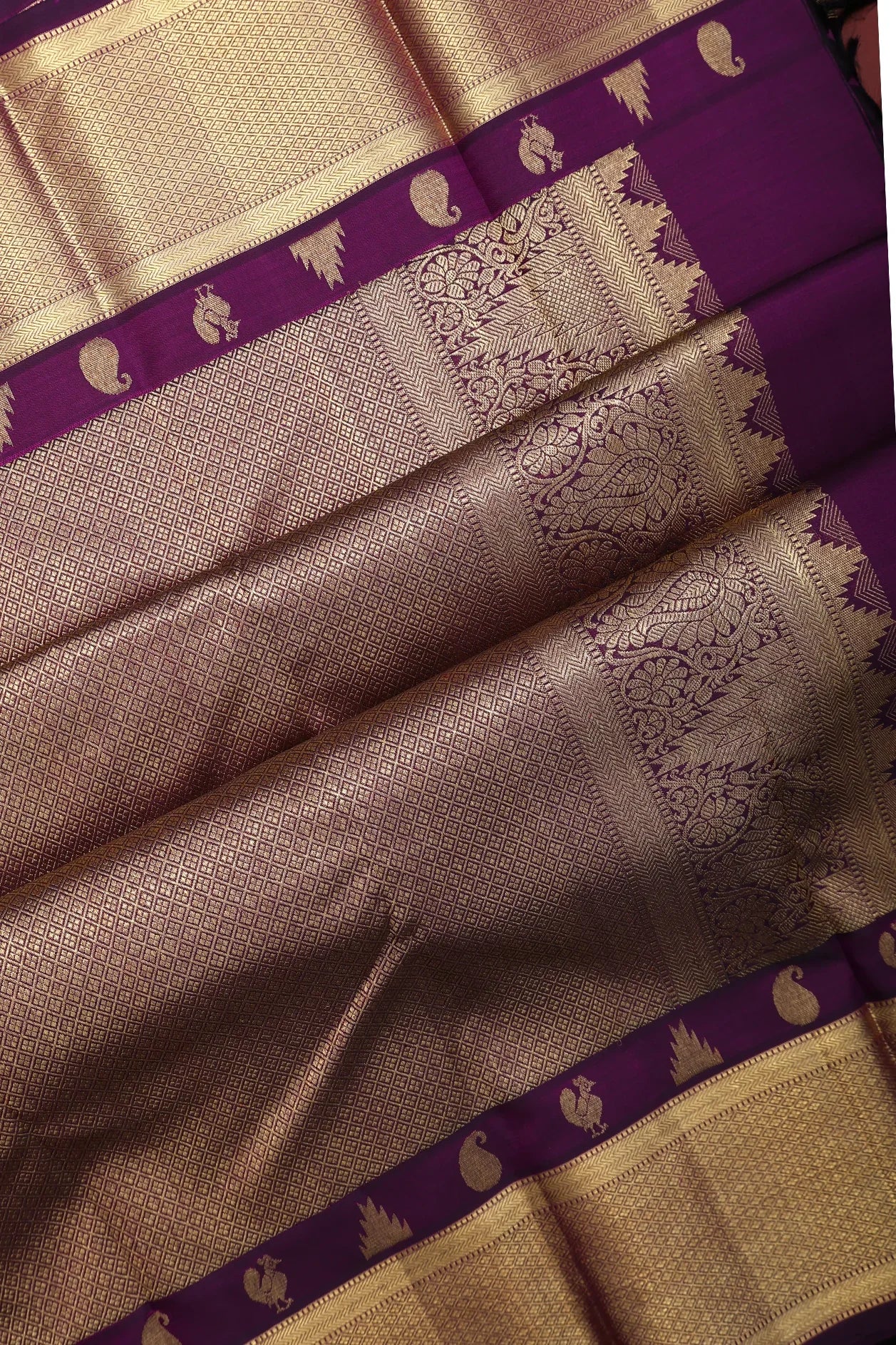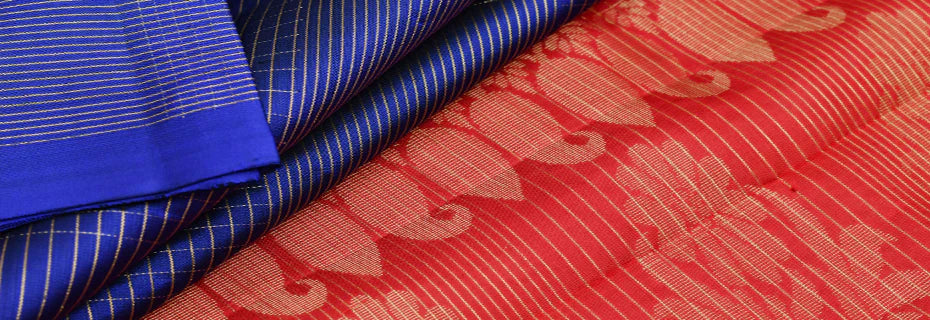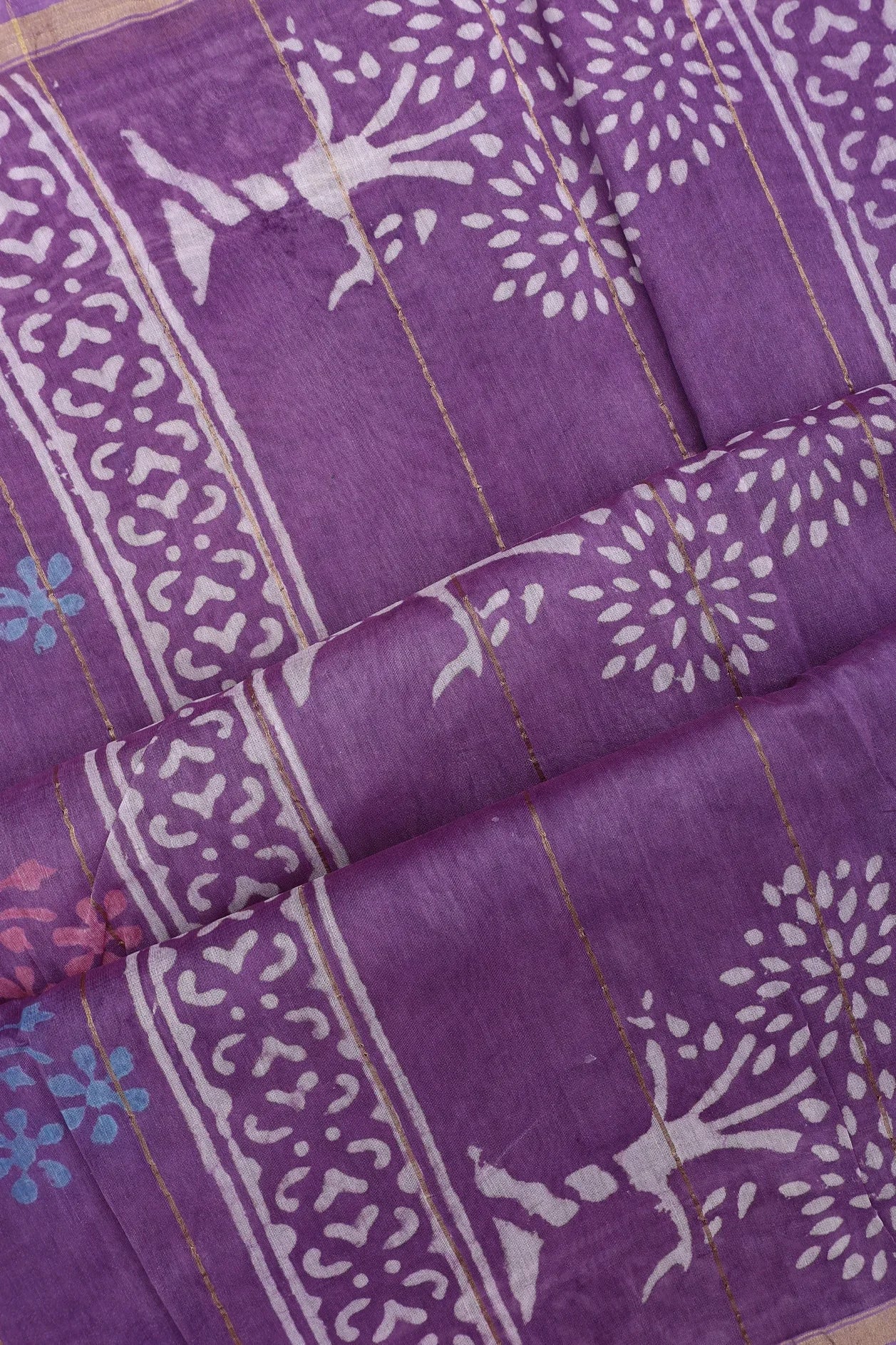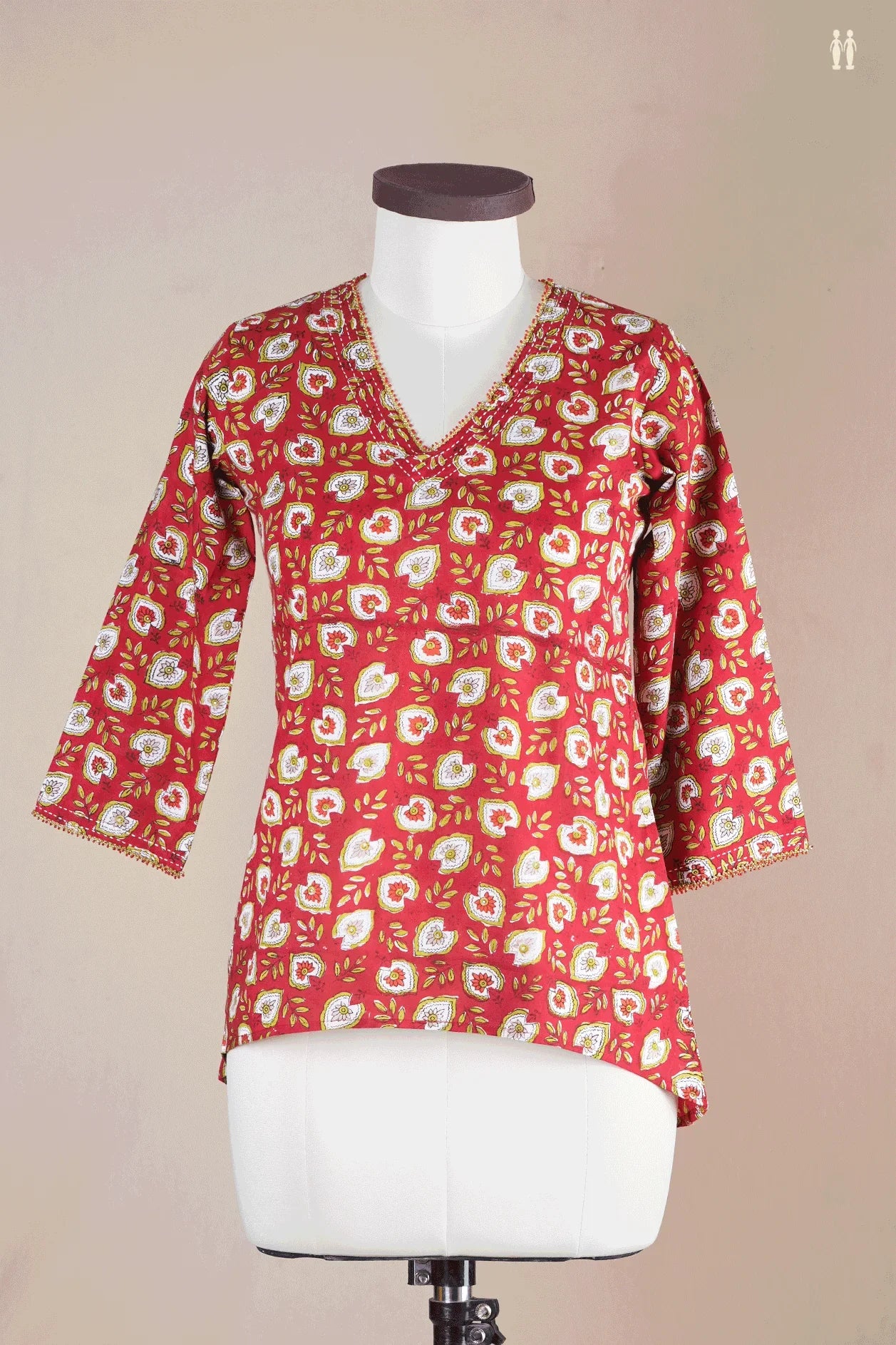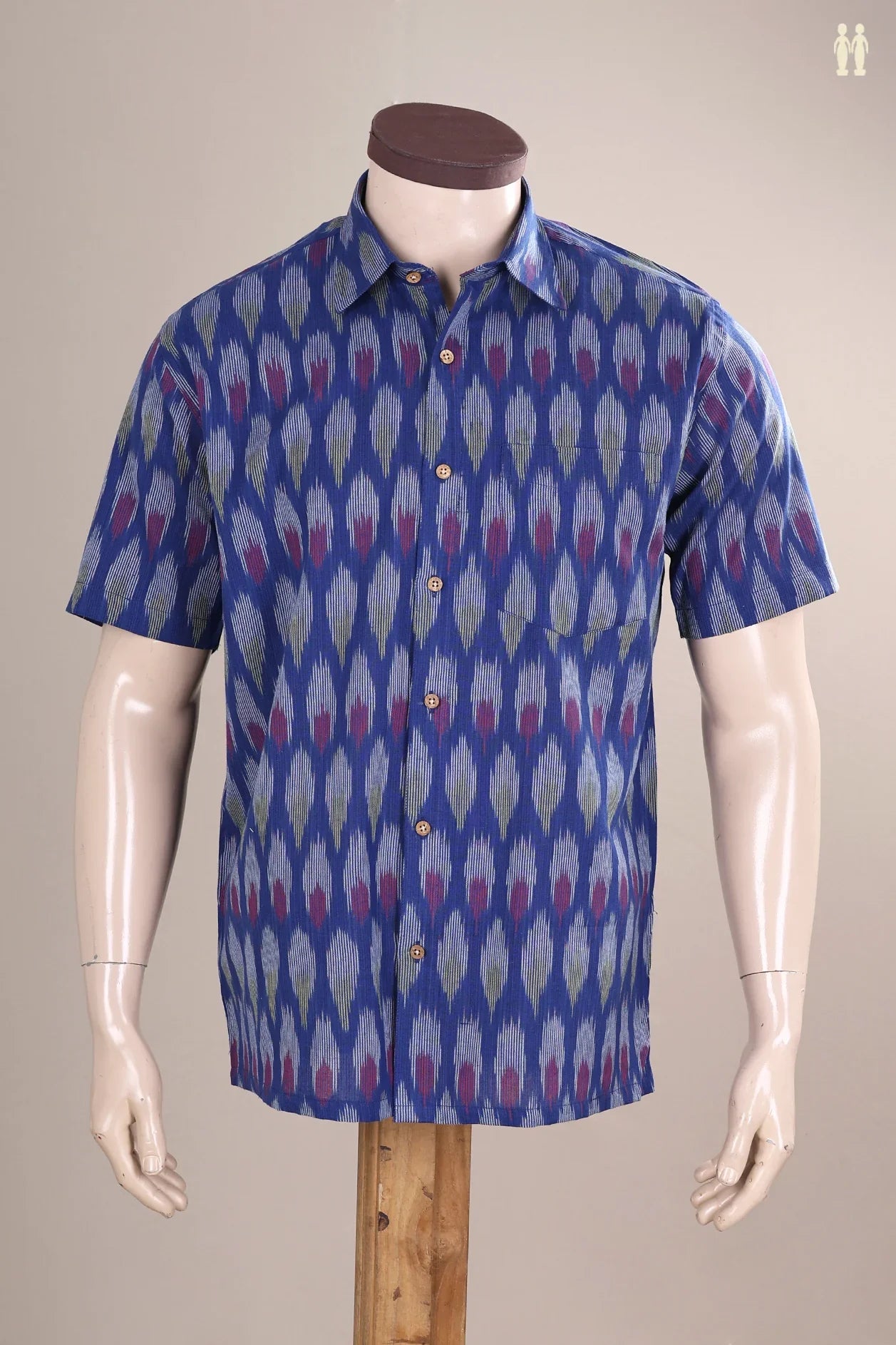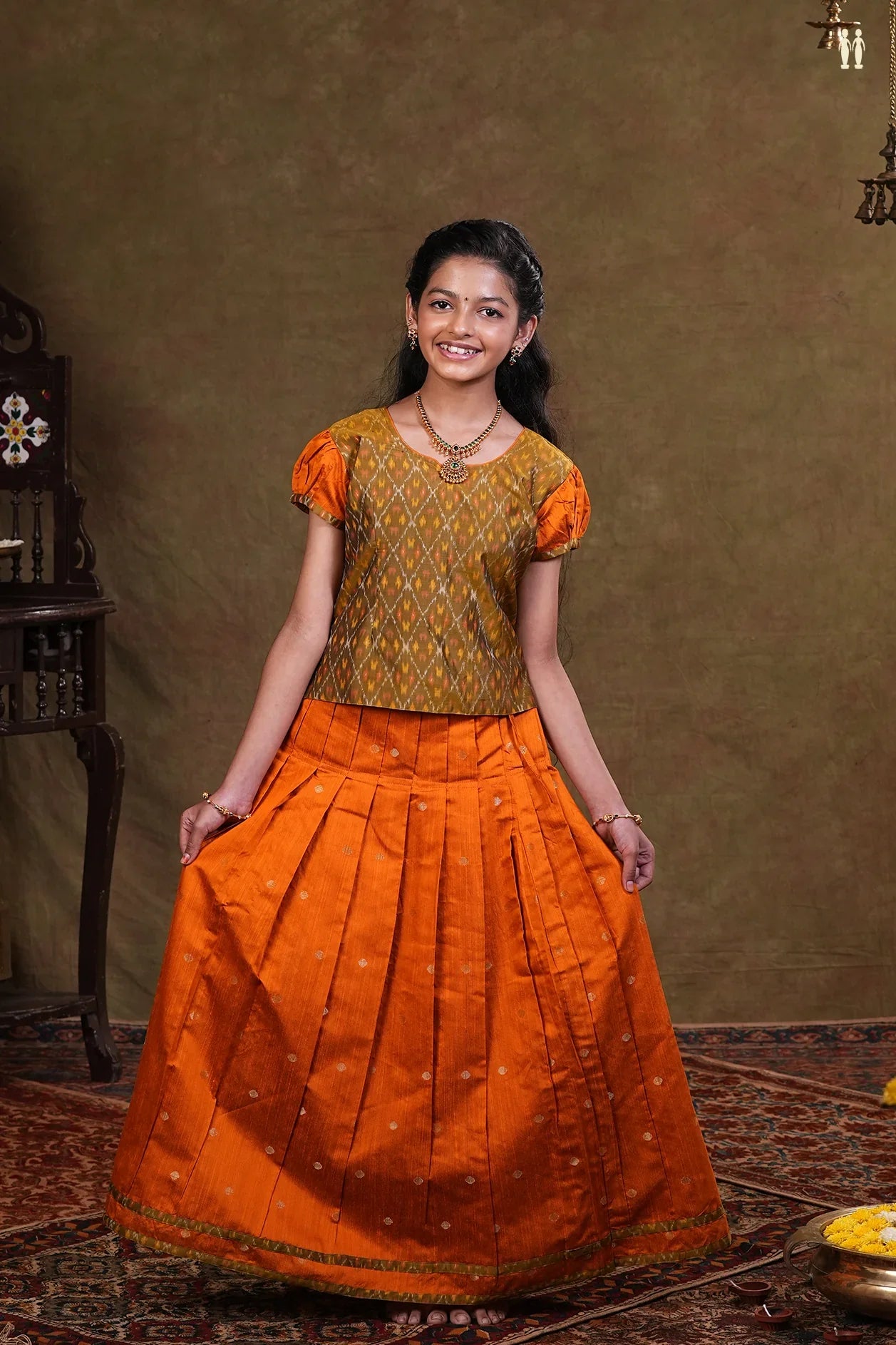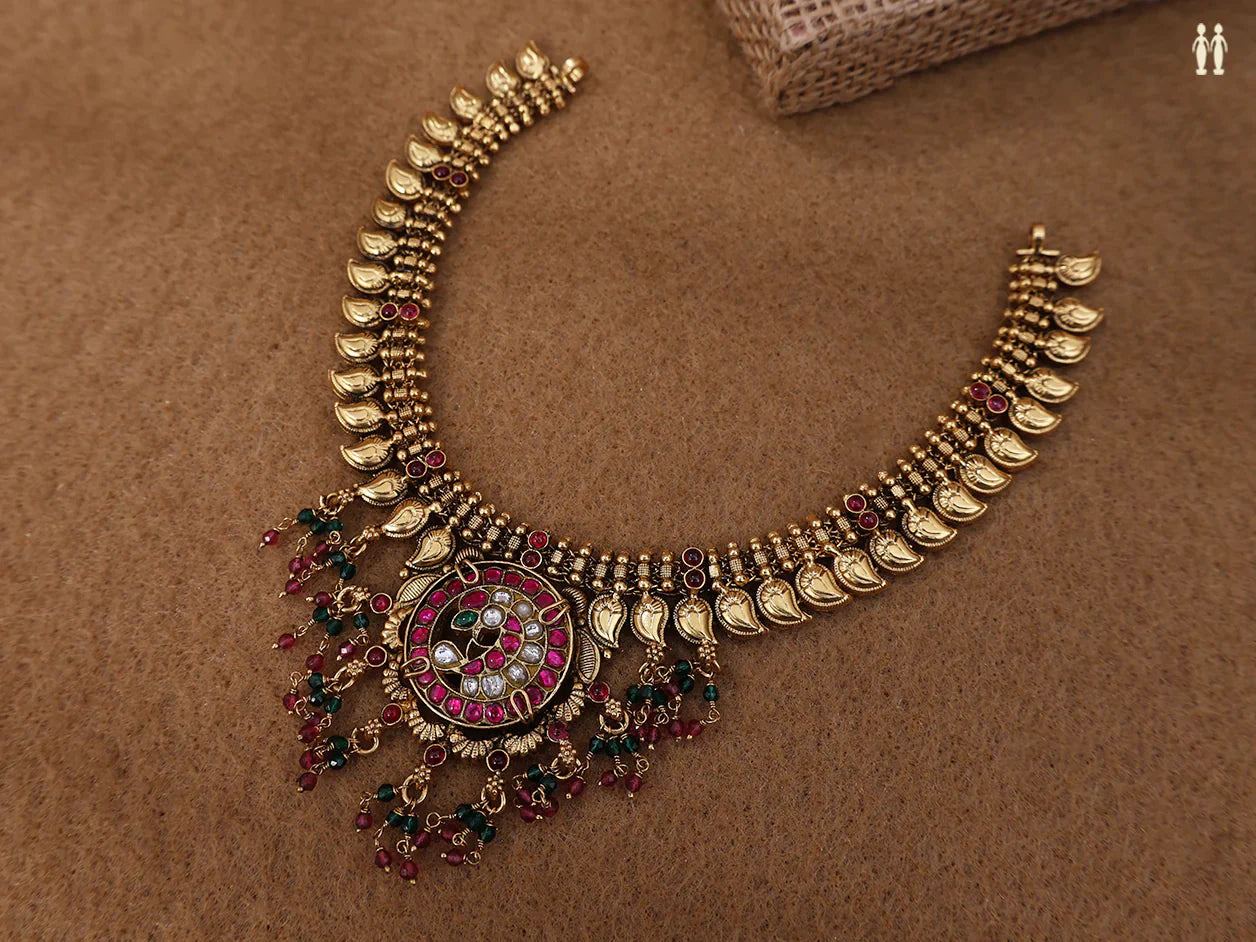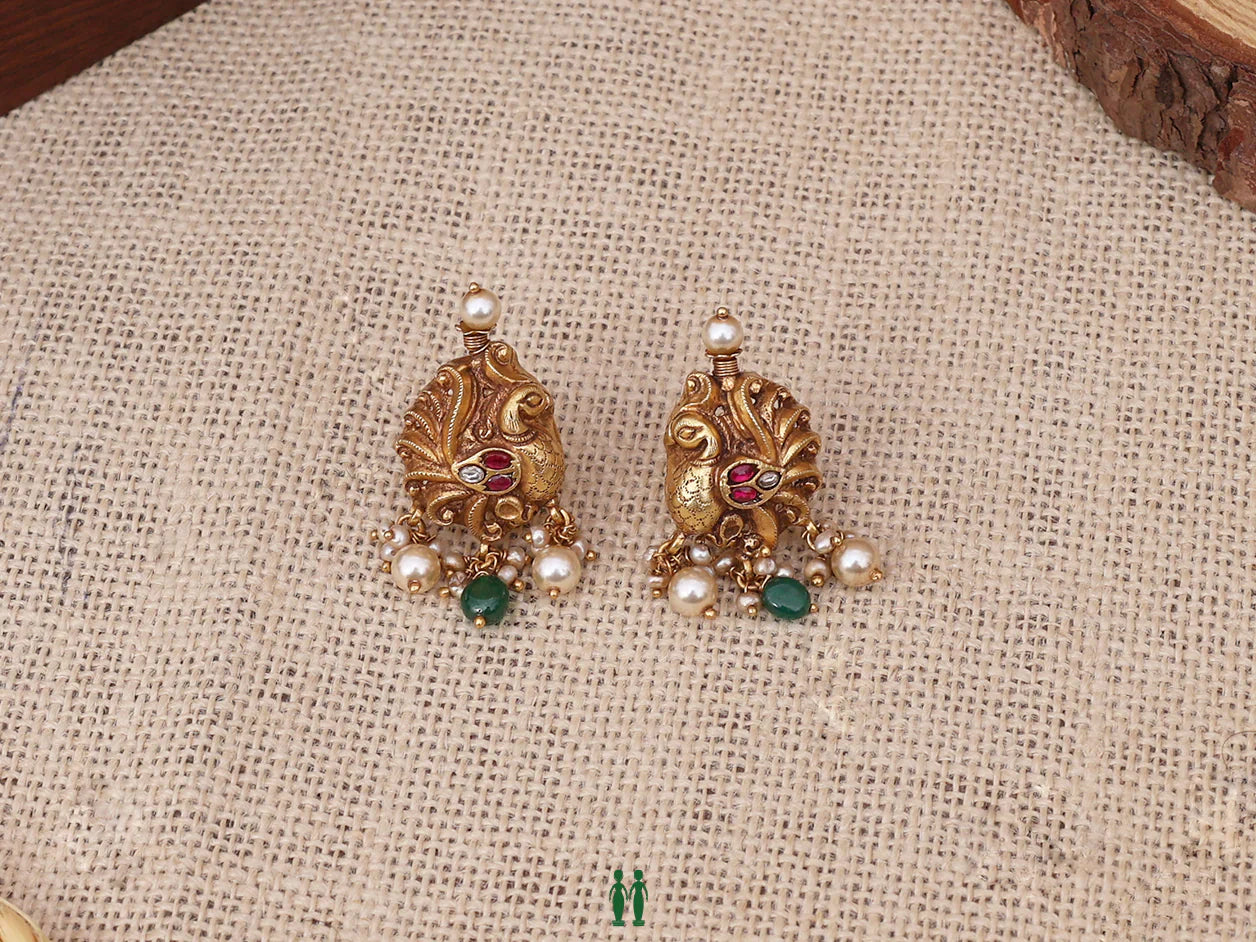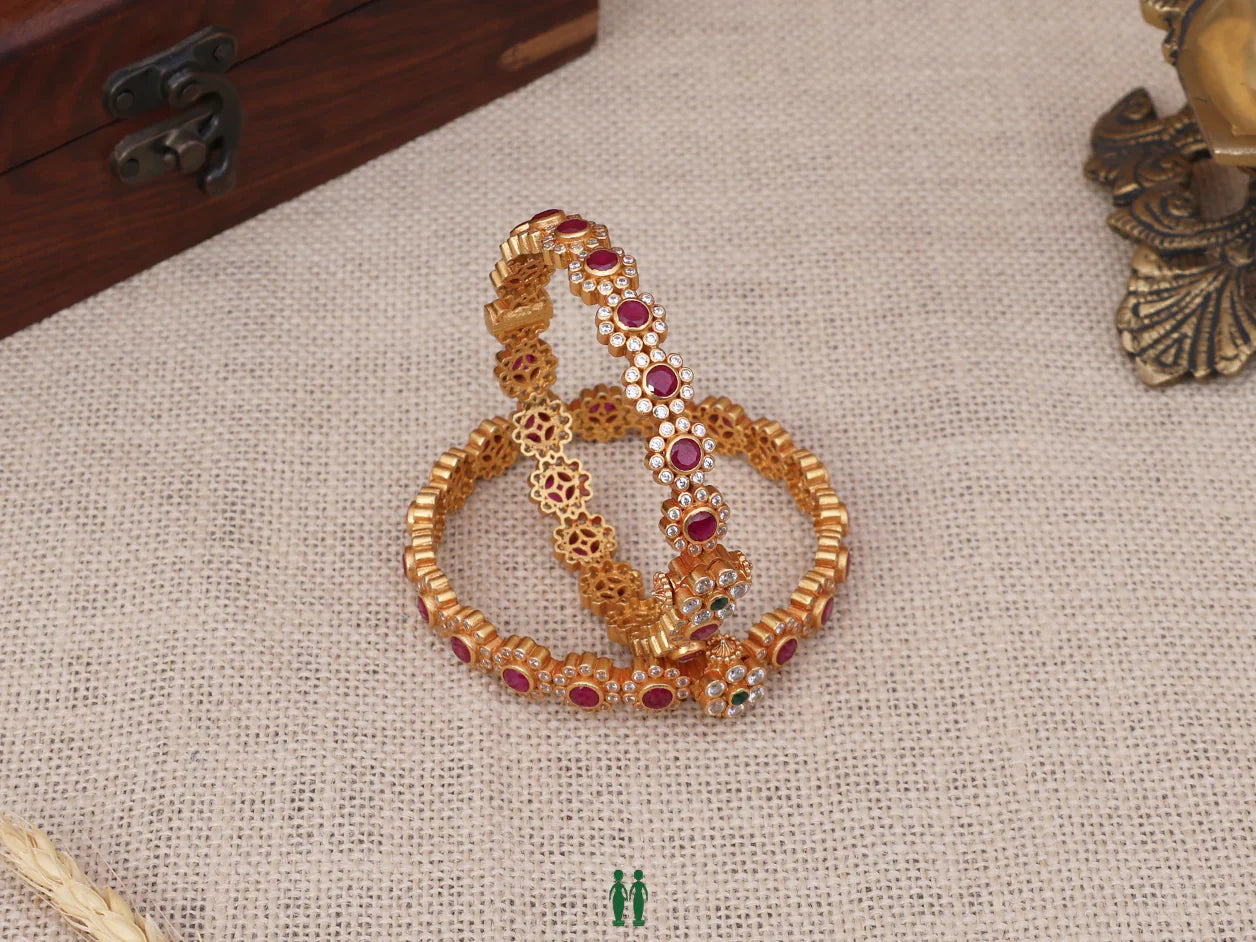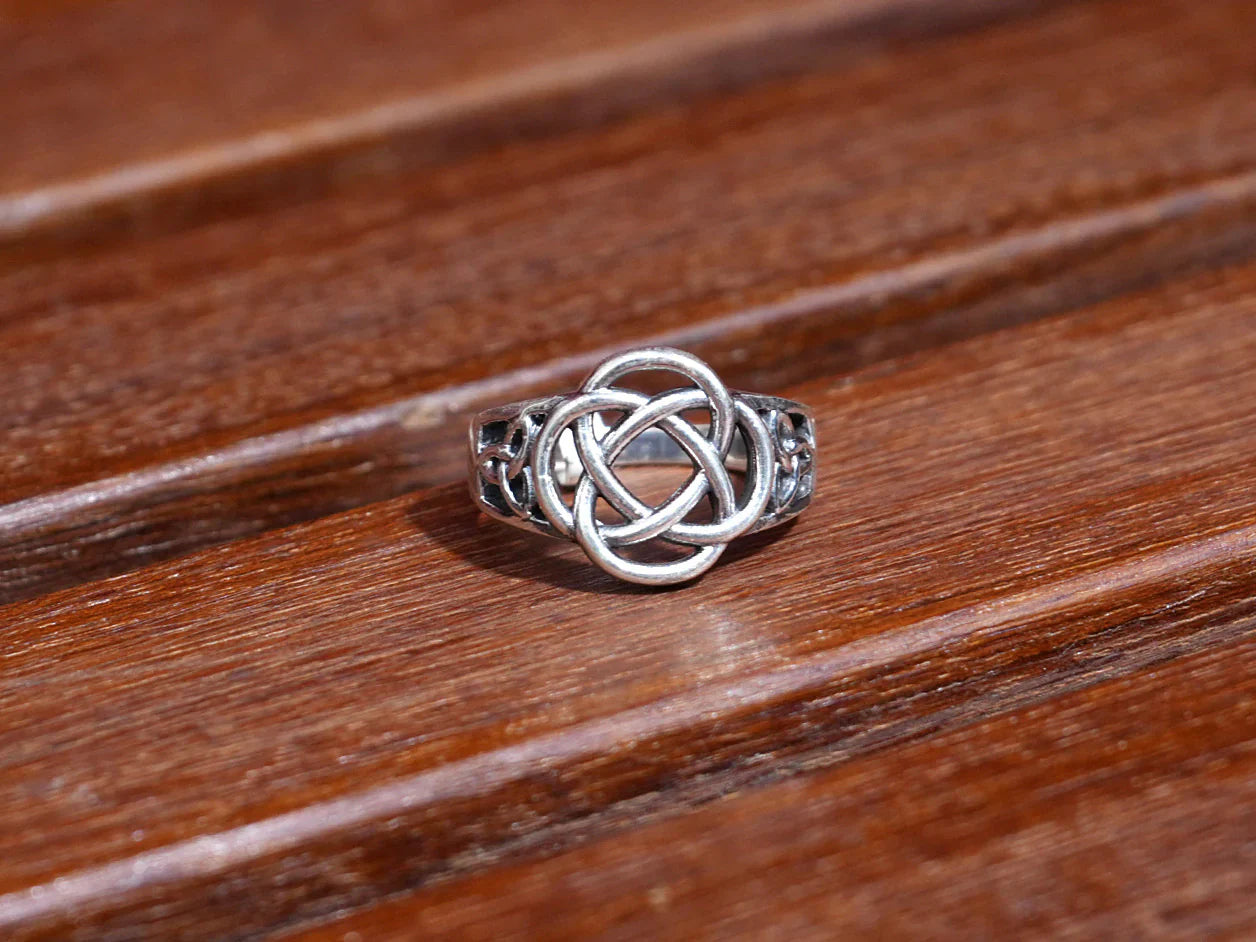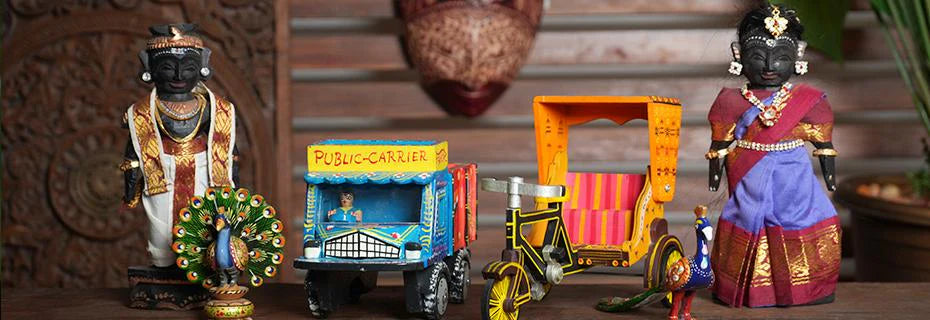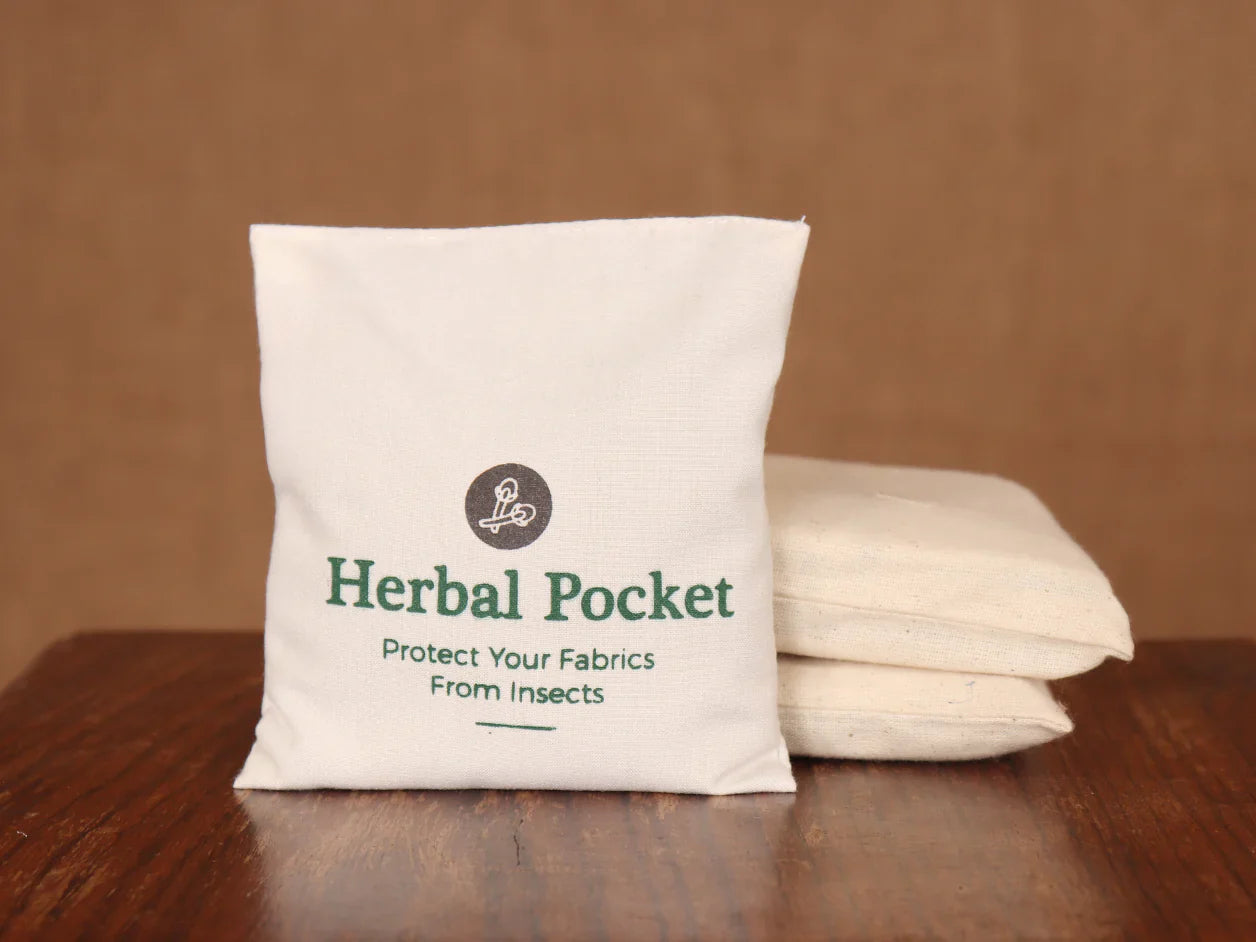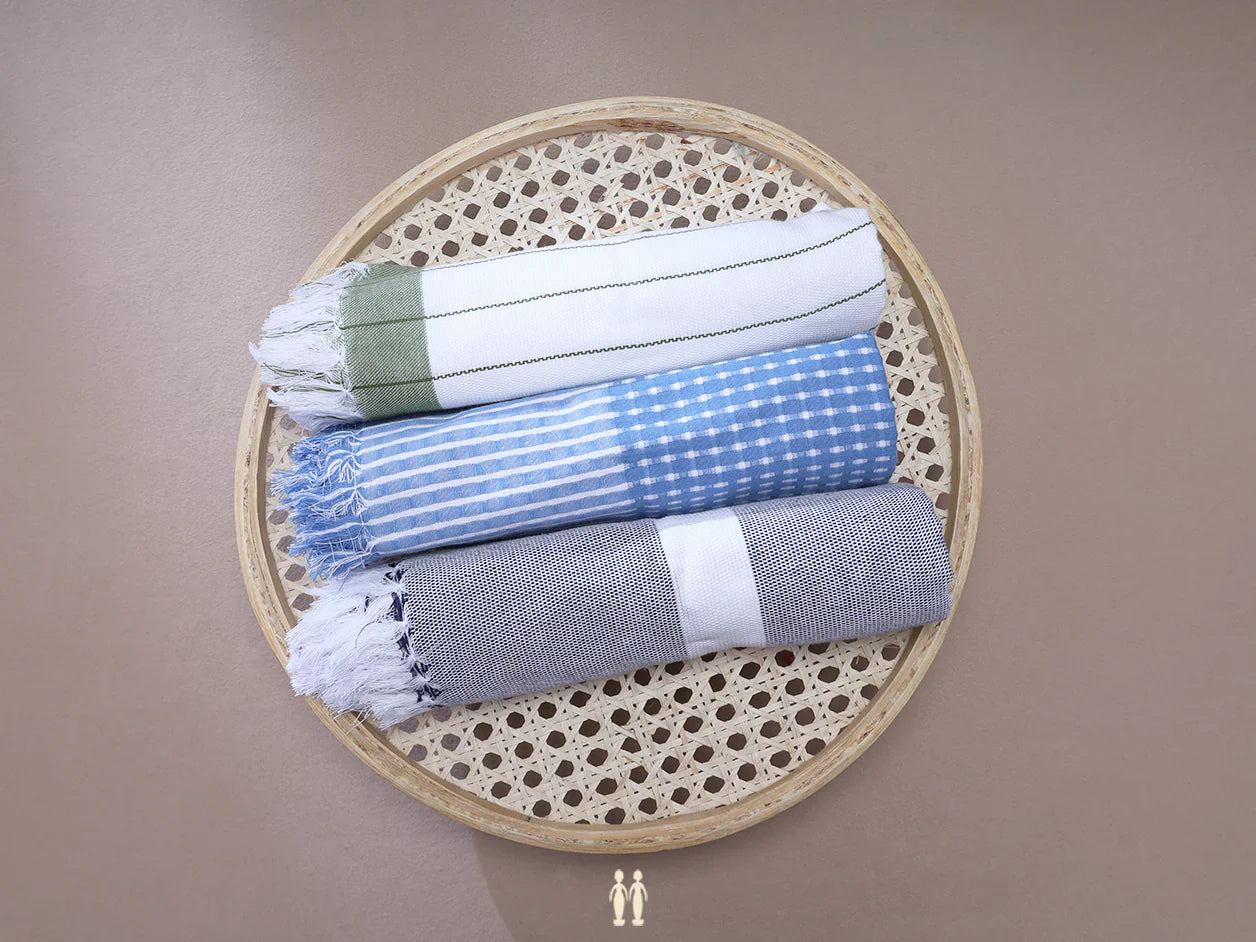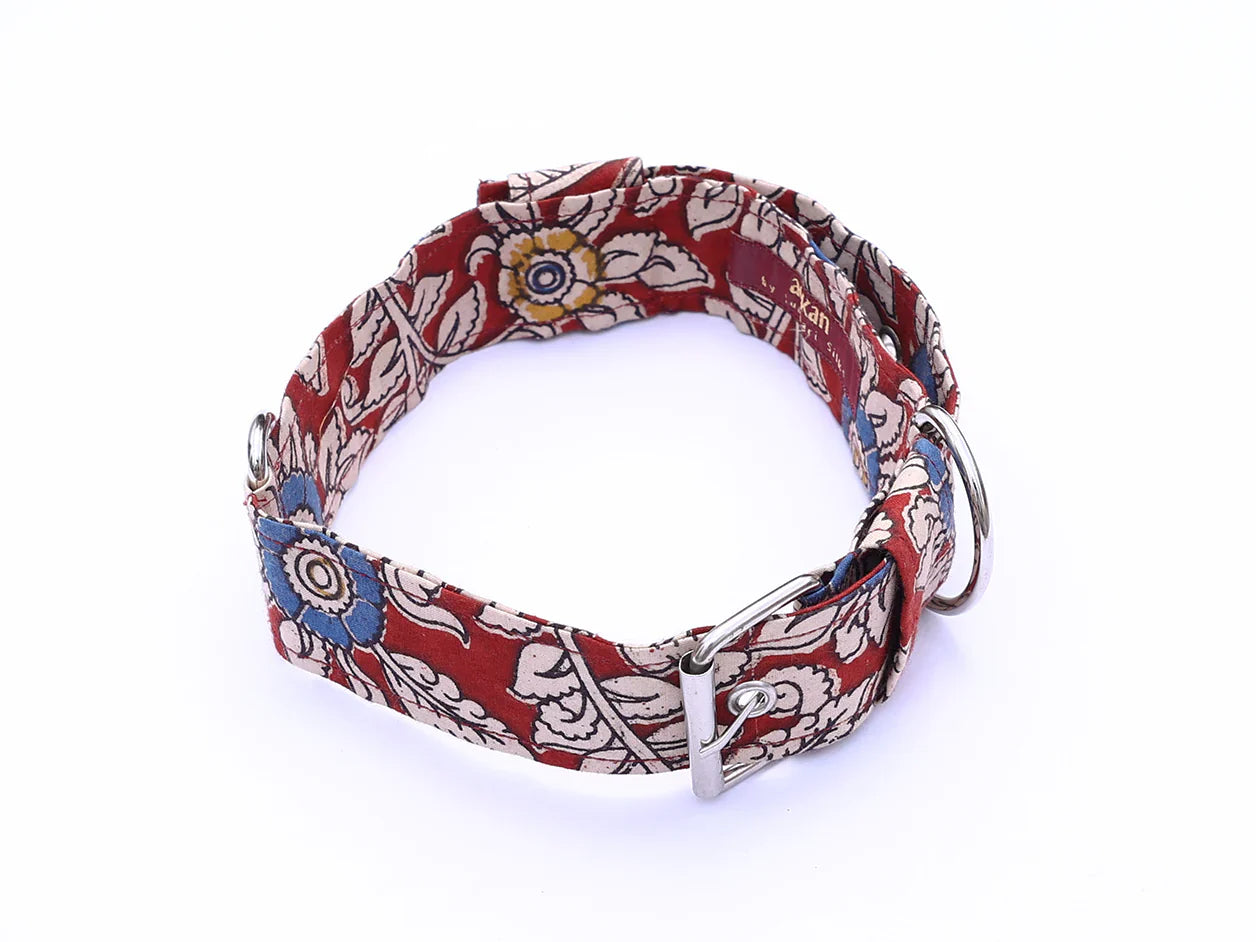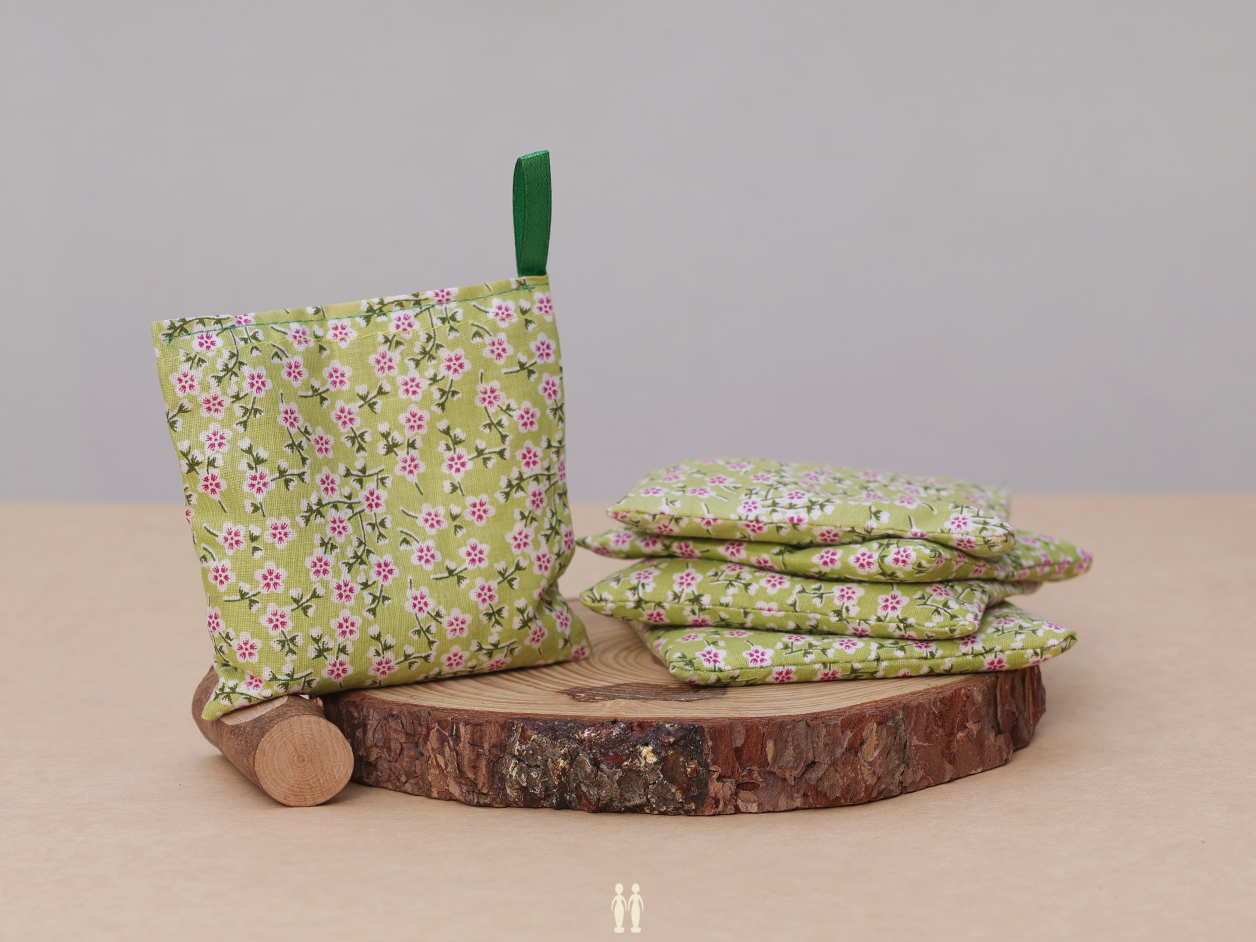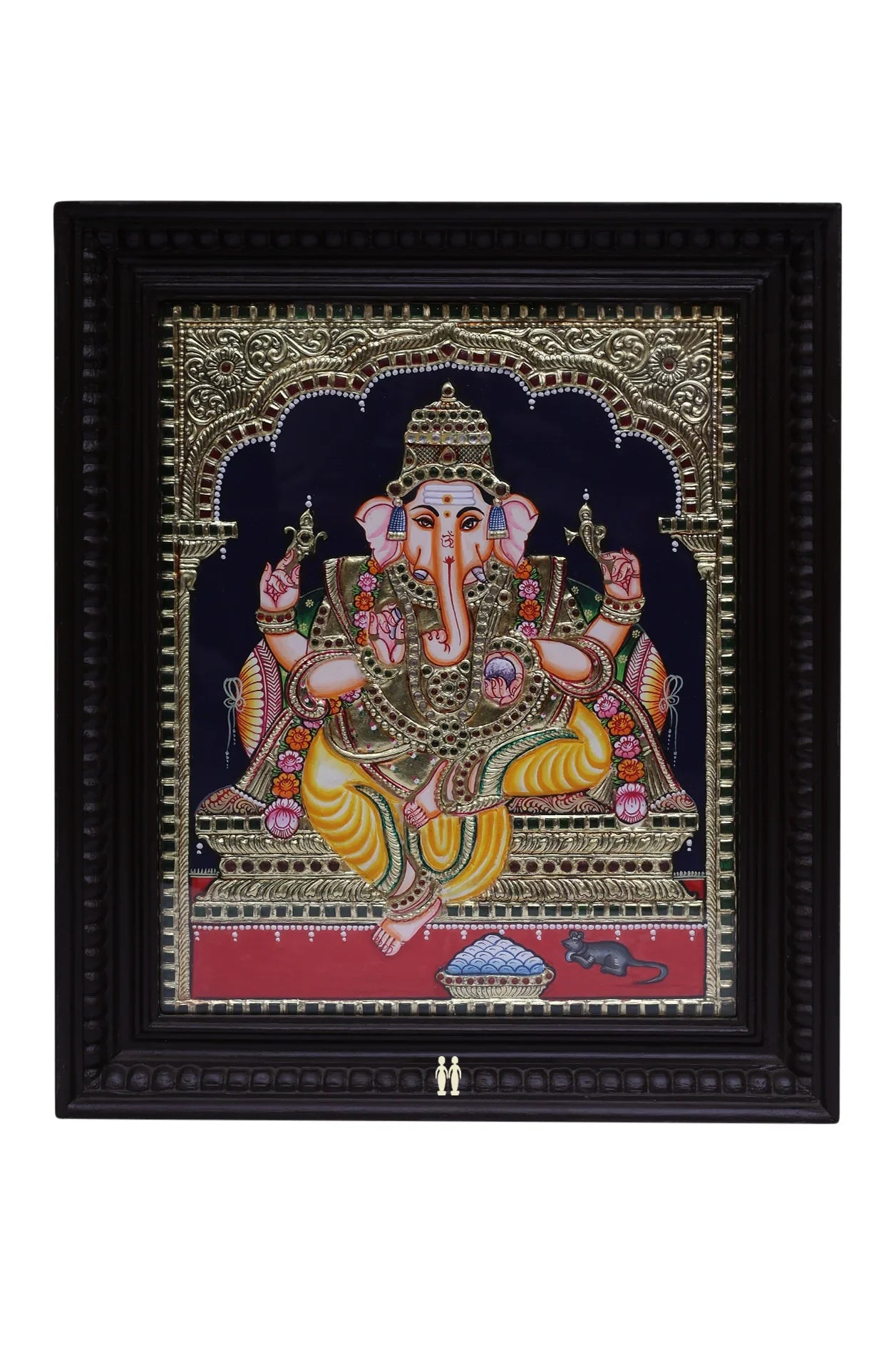Trending Products
CART
Cart is Empty!


Patola – The Pride of Gujarat’s Exquisite Hand-Woven Craft
The lustrous textile that is meticulously woven with precision and deemed as an art form from the Patan region of Gujarat is the Patola. Often called the “Queen of Silks”, it has been worn by royals and aristocrats from the bygone era during auspicious occasions. Prized as a holy cloth in South East Asia, the Patola is mentioned in the travel accounts of Ibn Batuta, a 14th-century scholar and explorer who gifted these exquisite fabrics to Kings to gain their friendship.
Patola weaving is a family guarded tradition that has been handed down from generation to generation. The process of spinning, dyeing and weaving a single Patola silk saree takes the combined effort of at least four people and 4 to 8 months or even more time to complete. Considered as the ultimate manifestation of weaving perfection, the legendary weave is a double Ikat in which the warps and wefts are both dyed into a complicated pattern. The displacement of even a single thread can result in a distorted design. Dyeing and weaving these sarees require patience, dexterity of the hand, mathematical precision and vivid imagination. The fabric is hand-woven on a harness loom made out of bamboo and rosewood strips. While weaving, each weft thread is thoroughly examined and matched with each warp pattern. Once the weaving is complete, one cannot differentiate between the front or reverse sides of the fabric as the texture, colour and appearance are strikingly same.
The motifs and patterns of sarees have remained constant for many centuries and include geometrical forms, leaf/floral forms, architectural forms, animals and human figures. Some of the traditional motifs which are still treasured today are:
1. Nari Kunjar Bhat - It depicts the elephant and female dancers with ornamental flower patterns in the border.
2. Pan Bhat - It has pan shaped leaves with motifs of flowering plants, female dancers, elephants and parrots in the border.
3. Rattan Chok Bhat - It has floral patterns with geometrical arrangements and emphasises elephant and parrot motifs in the border.
4. Akhrot Bhat - It is adorned with walnut motifs.
5. Popat Kunjar Bhat - It portrays elephant and parrot motifs.
6. Maharas Bhat - It depicts dancing women with sticks in their hands.
To recreate the magnificence of this weaving heritage, Sundari is proud to present its exclusive collection of Patola silk sarees with a myriad variety of patterns and palettes.
Include this auspicious heirloom to your wardrobe and check out our handcrafted weaves in this classic edition of Silk Sarees.
The lustrous textile that is meticulously woven with precision and deemed as an art form from the Patan region of Gujarat is the Patola. Often called the “Queen of Silks”, it has been worn by royals and aristocrats from the bygone era during auspicious occasions. Prized as a holy cloth in South East Asia, the Patola is mentioned in the travel accounts of Ibn Batuta, a 14th-century scholar and explorer who gifted these exquisite fabrics to Kings to gain their friendship.
Patola weaving is a family guarded tradition that has been handed down from generation to generation. The process of spinning, dyeing and weaving a single Patola silk saree takes the combined effort of at least four people and 4 to 8 months or even more time to complete. Considered as the ultimate manifestation of weaving perfection, the legendary weave is a double Ikat in which the warps and wefts are both dyed into a complicated pattern. The displacement of even a single thread can result in a distorted design. Dyeing and weaving these sarees require patience, dexterity of the hand, mathematical precision and vivid imagination. The fabric is hand-woven on a harness loom made out of bamboo and rosewood strips. While weaving, each weft thread is thoroughly examined and matched with each warp pattern. Once the weaving is complete, one cannot differentiate between the front or reverse sides of the fabric as the texture, colour and appearance are strikingly same.
The motifs and patterns of sarees have remained constant for many centuries and include geometrical forms, leaf/floral forms, architectural forms, animals and human figures. Some of the traditional motifs which are still treasured today are:
1. Nari Kunjar Bhat - It depicts the elephant and female dancers with ornamental flower patterns in the border.
2. Pan Bhat - It has pan shaped leaves with motifs of flowering plants, female dancers, elephants and parrots in the border.
3. Rattan Chok Bhat - It has floral patterns with geometrical arrangements and emphasises elephant and parrot motifs in the border.
4. Akhrot Bhat - It is adorned with walnut motifs.
5. Popat Kunjar Bhat - It portrays elephant and parrot motifs.
6. Maharas Bhat - It depicts dancing women with sticks in their hands.
To recreate the magnificence of this weaving heritage, Sundari is proud to present its exclusive collection of Patola silk sarees with a myriad variety of patterns and palettes.
Include this auspicious heirloom to your wardrobe and check out our handcrafted weaves in this classic edition of Silk Sarees.
Our Famous Articles

Our Famous Articles
Marappachi bommai
Marapachi Bommai: Heirlooms of Heritage In many South Indian homes,...
Your Ultimate Summer Wardrobe Destination
At Sundari Silks, we believe that the essence of summer...
Threads of Love: A Collection for Her & Him
What is the Meaning of Love? Love is found in...


GET ON THE LIST
Perks include 5% off your first online order at Sundari Silks. Be the first to know about new collections, store launches, sales and much more!





























